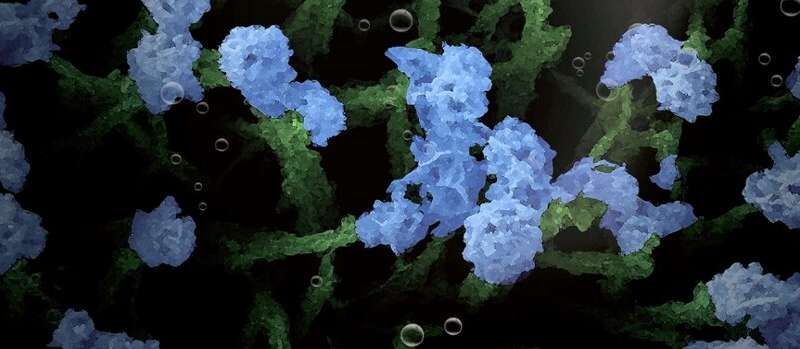Easily produced, nature-like nanostructures of cobalt
phosphide are highly effective catalysts for the electrolysis of
water, according to research performed by chemist Ning Yan and his
team at the University of Amsterdam’s Van ‘t Hoff Institute for
Molecular Sciences together with co-workers from the School of
Physics and Technology at Wuhan University, China. In a paper
featured on the front cover of the Journal of Materials Chemistry
A, they describe how relatively straightforward electrochemical
deposition methods yield grass-, leaf-, and flower-like
nanostructures that carry the promise of efficient hydrogen
generation.




